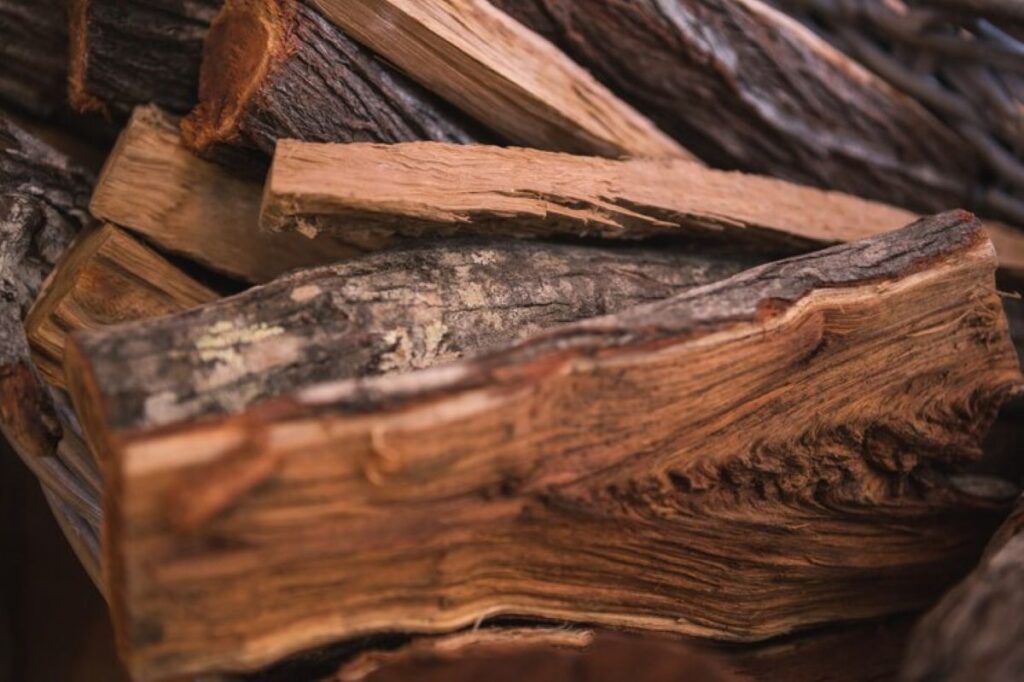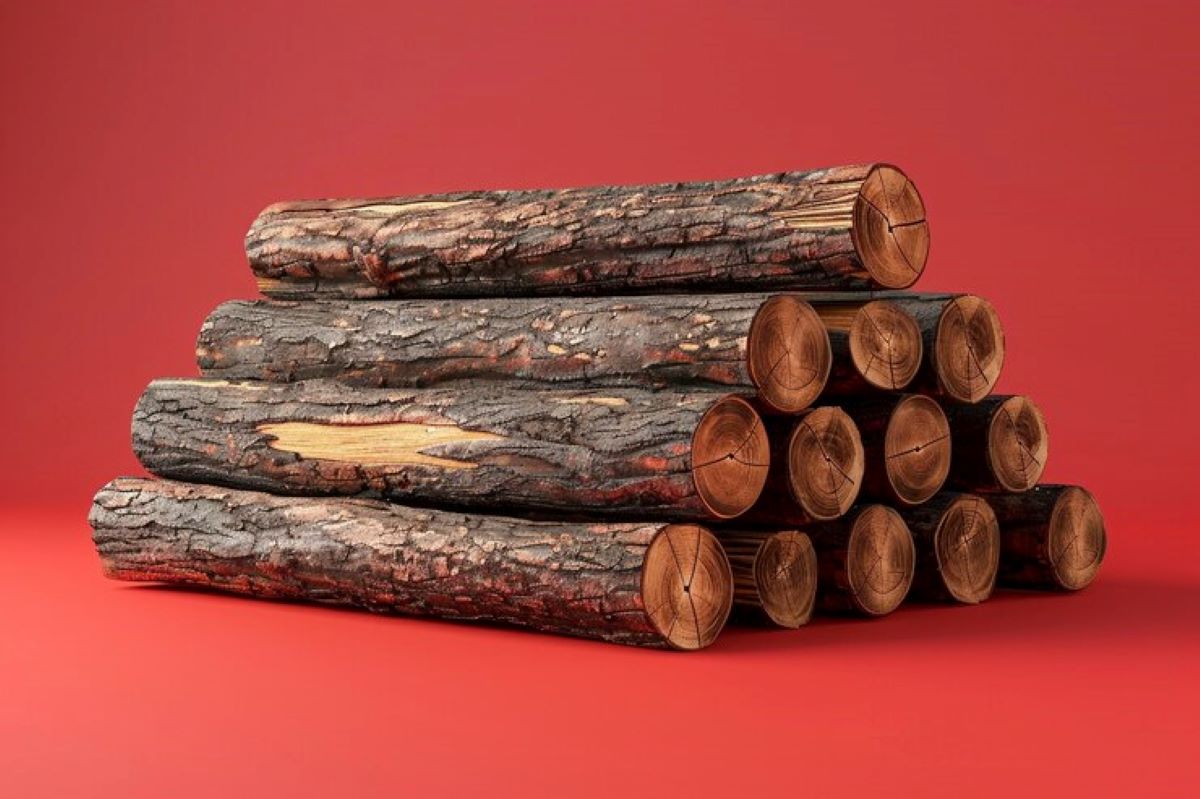Firewood: Sustainable Sourcing and Storage Tips for Winter Warmth
As the chill of winter envelops the landscape, the allure of a crackling fire becomes increasingly irresistible. However, the warmth and comfort provided by firewood come with responsibilities, particularly regarding sustainable sourcing and proper storage. This article delves into essential tips for selecting firewood that is both eco-friendly and efficient, ensuring that your winter warmth is guilt-free and sustainable.
The Importance of Sustainable Firewood Sourcing
Choosing firewood sustainably is crucial for maintaining ecological balance. Unsustainable practices can lead to deforestation, habitat destruction, and a significant carbon footprint. By understanding the principles of sustainable sourcing, individuals can make informed decisions that benefit both the environment and their heating needs.
Understanding Sustainable Forestry Practices
Sustainable forestry practices involve managing forest resources in a way that meets current needs without compromising the ability of future generations to meet theirs. This includes selective logging, replanting trees, and maintaining biodiversity. When sourcing firewood, look for suppliers who adhere to these principles, ensuring that the wood you burn contributes to a healthy ecosystem.
Certifications such as the Forest Stewardship Council (FSC) label can be a reliable indicator of sustainably sourced wood. By choosing certified firewood, consumers support responsible forestry and help mitigate the adverse effects of climate change. Additionally, engaging with local forestry initiatives can further enhance sustainable practices, as these often involve community participation and education about the importance of maintaining forest health and resilience.
Local vs. Imported Firewood
When selecting firewood, consider the benefits of sourcing locally. Local firewood not only reduces transportation emissions but also supports local economies. Furthermore, local wood is typically better suited to the local climate, ensuring optimal burning efficiency. By purchasing from local suppliers, you also foster a sense of community and encourage sustainable practices within your region.
Imported firewood, on the other hand, can introduce pests and diseases that threaten native ecosystems. Therefore, it is advisable to avoid imported wood unless absolutely necessary. Always check local regulations regarding the movement of firewood to prevent the spread of invasive species. Moreover, understanding the ecological implications of firewood sourcing can empower consumers to advocate for policies that protect local forests and promote sustainable practices on a broader scale.
Choosing the Right Species of Wood
Different species of wood burn at varying rates and produce different amounts of heat. Hardwoods such as oak, hickory, and maple are generally denser and provide longer-lasting heat compared to softwoods like pine and spruce. However, softwoods ignite more easily and can be excellent for kindling.
For a sustainable approach, consider mixing hardwoods and softwoods in your firewood supply. This combination allows for a quick start with softwoods while maintaining a steady burn with hardwoods, providing both efficiency and warmth. Additionally, being mindful of the specific characteristics of each wood type can enhance your overall experience; for instance, certain woods may produce more aromatic smoke, adding a pleasant fragrance to your home while burning. Understanding these nuances not only enriches your firewood selection but also deepens your appreciation for the natural resources that contribute to your comfort and enjoyment during the colder months.
Preparing Firewood for Use
Once the firewood has been sourced sustainably, proper preparation is essential for maximising its efficiency. This includes seasoning the wood and ensuring it is stored correctly to maintain its quality throughout the winter months.
Seasoning Firewood
Seasoning refers to the process of drying out freshly cut wood to reduce its moisture content. Freshly cut wood can contain up to 50% moisture, which can lead to inefficient burning and increased smoke production. Ideally, firewood should be seasoned for at least six months to a year before use.
To season wood effectively, it should be cut into manageable lengths and stacked in a manner that allows for good air circulation. Stacking wood off the ground, using pallets or similar materials, can help prevent moisture absorption from the soil. Covering the top of the stack with a tarp can protect it from rain while allowing the sides to remain open for airflow.
In addition to the basic methods of seasoning, the type of wood being seasoned can also influence the drying process. Hardwoods, such as oak and hickory, typically require longer seasoning times compared to softwoods like pine or spruce. Understanding the specific characteristics of the wood you are working with can help you plan your seasoning strategy more effectively, ensuring that you have the best quality firewood ready when the colder months arrive.

Storage Solutions for Firewood
Proper storage is vital to maintain the integrity of seasoned firewood. Firewood should be stored in a dry, well-ventilated area, away from direct contact with the ground. This prevents moisture retention and keeps pests at bay.
Consider investing in a firewood rack or shed to keep your wood organised and protected. A well-constructed firewood rack allows for airflow and can enhance the aesthetic of your outdoor space. Additionally, keeping firewood covered during wet weather is essential to prevent it from becoming damp and unusable.
Moreover, the location of your firewood storage can also play a significant role in its usability. Placing your firewood stack close to your home or fireplace can save you time and effort during those chilly evenings when you need to replenish your supply. However, it is crucial to ensure that the wood is still adequately ventilated and not placed too close to any heat sources, which could pose a fire hazard.
Using Firewood Efficiently
Efficiency in burning firewood not only maximises heat output but also minimises environmental impact. To achieve this, it is important to use dry, seasoned wood and to maintain a proper airflow in the fireplace or wood stove.
When building a fire, start with small pieces of kindling and gradually add larger logs as the fire grows. This method promotes a hotter fire, which burns more cleanly and efficiently. Furthermore, avoid burning treated wood, painted wood, or any materials that can release harmful chemicals into the air.
Additionally, it is beneficial to monitor the size of your fire. A fire that is too large can waste wood and produce excess smoke, while a fire that is too small may not provide adequate warmth. Finding the right balance will not only enhance your comfort but also contribute to a more environmentally friendly burning practice. Using a stove thermometer can help you maintain optimal temperatures, ensuring that your firewood is used to its fullest potential while keeping emissions to a minimum.
Environmental Considerations
While firewood can be a sustainable heating option, it is essential to consider the broader environmental implications of its use. From emissions to land use, understanding these factors can help individuals make more informed choices.
Emissions and Air Quality
Burning firewood releases particulate matter and other pollutants into the atmosphere, which can affect air quality and contribute to respiratory issues. To mitigate these effects, it is crucial to burn only well-seasoned wood and to use efficient burning techniques.
Modern wood stoves and fireplaces are designed to minimise emissions and improve combustion efficiency. Upgrading to an EPA-certified appliance can significantly reduce the environmental impact of burning firewood while providing effective heating. Furthermore, regular maintenance of these appliances ensures optimal performance, reducing the likelihood of harmful emissions. Homeowners should also consider the placement of their wood-burning appliances; positioning them away from air intake vents and windows can help prevent smoke from entering the home and affecting indoor air quality.
Impact on Wildlife and Ecosystems
Firewood sourcing can impact local wildlife and ecosystems, particularly if unsustainable practices are employed. Overharvesting can lead to habitat destruction and a decline in biodiversity. Therefore, it is vital to source firewood responsibly and to consider the ecological implications of wood harvesting.
Engaging with local conservation efforts and supporting initiatives that promote sustainable forestry can help ensure that firewood sourcing does not compromise the health of local ecosystems. Additionally, selecting firewood from managed woodlands can provide a dual benefit: it supports local economies while ensuring that the forest remains healthy and vibrant. Many regions offer programmes that encourage landowners to engage in sustainable practices, such as selective logging and replanting, which not only protect wildlife habitats but also enhance the resilience of forests against climate change. By choosing firewood sourced from these responsible practices, consumers can play a part in fostering a more sustainable relationship with nature.
Alternative Heating Options
While firewood is a popular choice for heating, it is not the only option available. Exploring alternative heating methods can provide additional benefits and reduce reliance on firewood.
Electric Heating Solutions
Electric heaters offer a convenient and efficient way to heat spaces without the need for firewood. Modern electric heating systems can be highly efficient and often come with programmable settings, allowing for tailored heating schedules.
While electric heating may have a higher upfront cost, it can save on long-term maintenance associated with wood-burning appliances. Additionally, with the increasing availability of renewable energy sources, electric heating can become a more sustainable option over time.

Solar Heating
Solar heating systems harness the power of the sun to provide warmth, making them an environmentally friendly alternative to traditional heating methods. Solar panels can be installed on rooftops or in gardens, converting sunlight into usable energy.
Though the initial investment may be significant, the long-term savings on energy bills and the environmental benefits make solar heating an attractive option for many households.
Conclusion
As winter approaches, the need for warmth becomes paramount. By sourcing firewood sustainably and employing proper storage techniques, individuals can enjoy the comfort of a roaring fire while minimising their environmental impact. Understanding the importance of sustainable practices, preparing firewood adequately, and considering alternative heating options can lead to a more responsible and enjoyable winter experience.
Ultimately, the choices made regarding firewood can contribute to a healthier planet, ensuring that future generations can also enjoy the warmth and comfort of a fire during the cold winter months. Embrace sustainable practices, and let the warmth of your fire be a source of joy and responsibility.
Related : Tree Removal Central Coast: Why Prompt Action Keeps Coastal Properties Safe
Firewood: Sustainable Sourcing and Storage Tips for Winter Warmth Read More »

